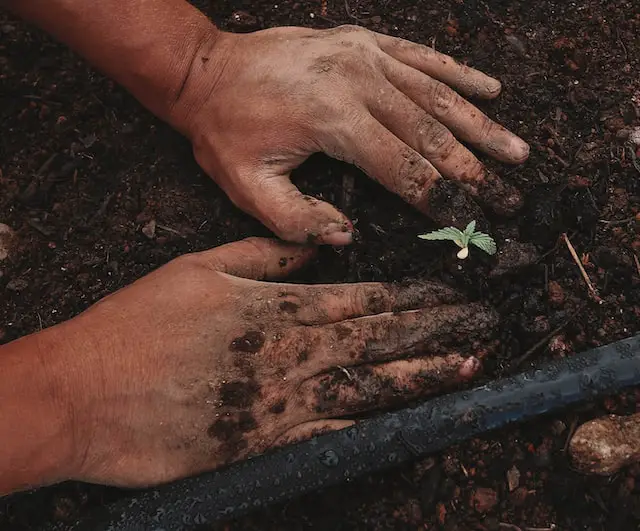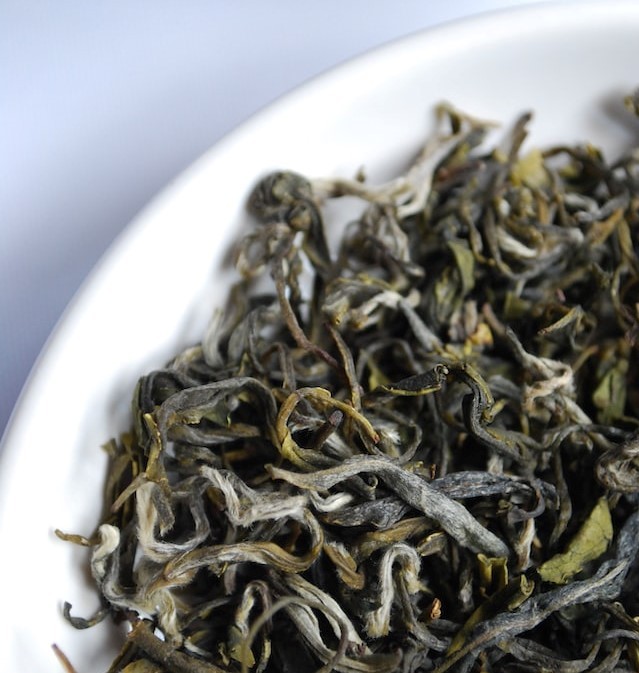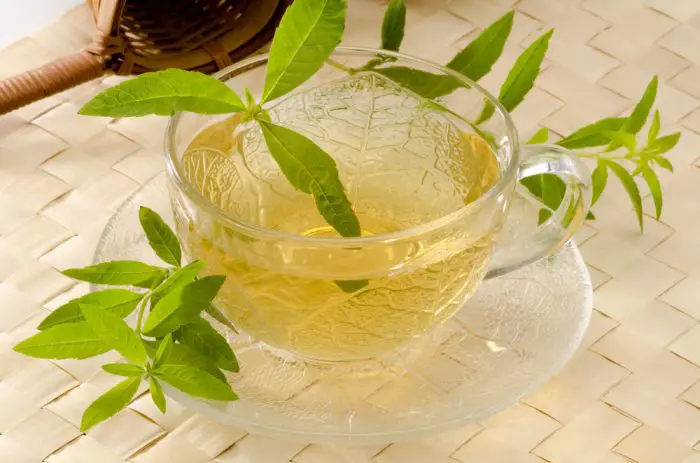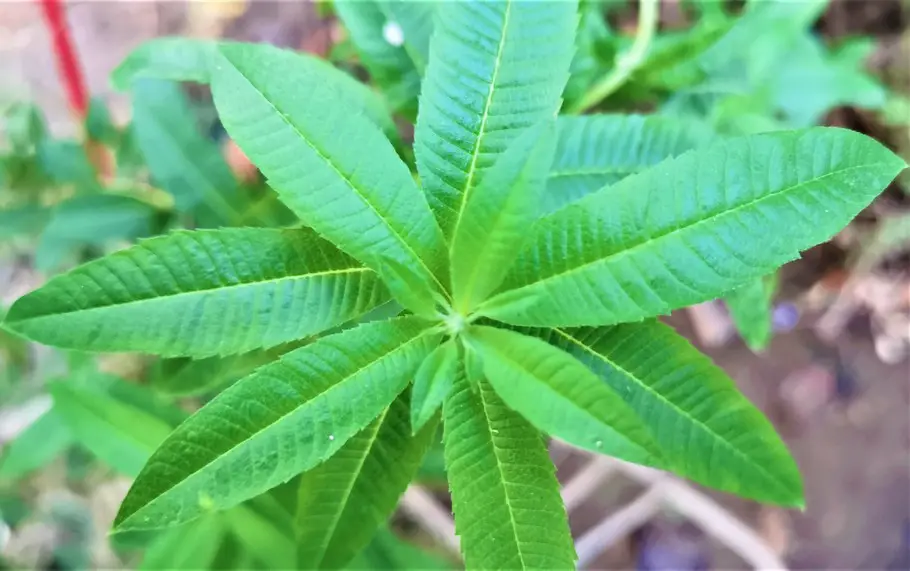Tea is one of the most ancient herbal medicines out there. To this day, it is still used as a great alternative to nowadays medicines. Many people use tea for its many countless benefits.
If you have a small amount of soil, you better use it to grow tea. I promise you won’t regret it.
In this article, I will introduce to you the best soil conditions to grow a great tea harvest.
Table of Content
Types of Tea Trees
1. Arbor Type
The arbor tea tree is a relatively primitive type of tea tree that is distributed in tropical or subtropical regions of the world.
This type of plant is usually tall and has high branches, a prominent trunk, and sparse branches. Its leaves are large that can be more than 5.5 inches long (14cm). Also, its buds are thick and the content of polyphenols in shoots and leaves is high.
Arbor type of tea tree variety is distributed in warm and humid areas. Arbor tea tree is suitable for making black tea and has a rich quality taste.
Related article: Lemon Verbena Tea Benefits (Aloysia)
2. Small tree type
This type of tea tree is evolutionary. They are distributed in subtropical or tropical areas. Small tea trees have stronger stress resistance than other tea tree types. Plants are taller, the branches are sparse, and the leaves are around 4-5.5 inches long (10-14cm).
3. Shrub Type
This type is also evolutionary. The geographical distribution is wide, but it is mainly distributed in subtropical areas.
A shrub-type tea tree variety is small and has low-branched parts. Its leaves length ranges from 1 to 5.5 inches long (2.2 to 14cm).
Soil requirements for growing tea

Soil is the main provider of water and nutrients. It has the ability to meet the needs of tea trees for water, fertilizer, oxygen, and heat.
This is usually overlooked by many herb growers, but tea trees do need care and require attention.
Related article: How to Store Tea at Home and Keep Its Quality and Freshness
Additionally, tea trees have a wide range of soil requirements, loose soil, deep soil layers, well-drained gravel, and sandy loam soils are suitable for tea tree growth.
Tea trees can provide you with a good harvest when:
- The soil’s depth is more than 24 inches (60cm).
- The soil is acidic and not alkaline (the soil acidity needs to be between 4 and 6.5).
- Always make sure the soil can let the access water out so it won’t be clogged.
- The soil needs to be aired at least once a year, preferably at the very end of winter.
Additional Information!
If you’re confused and don’t know how to air your soil, it’s very simple! All you need to do is flip the soil using a planting shovel (or anything you can use to turn the soil over.)
Tea tree facts

Related article: Lemon Verbena Tea Effects and Side Effects
The tea tree is a plant that likes acidity. It does not grow well in alkali soil. When the soil is alkali, the plant tends to drop its leaves before they even grow.
The perfect pH value of the soil is between pH4.5 and 5.5. Its characteristics are related to the high content of organic acids in root sap.
I also need to mention that the organic matter content of the tea garden soil has a great impact on the physical and chemical properties of the soil.
The organic matter content is one of the indicators of the maturity and fertility of the tea garden soil.
Soil is the ground surface layer that can grow tea leaves. It is the provider of mineral elements, water, and nutrients that plants need for growth and development. That is why soil is a very important ecological factor that affects the yield and quality of tea.
If you found this information helpful, you’re more than welcome to join our weekly newsletter. You can also follow us on our social platforms for more gardening tips:



